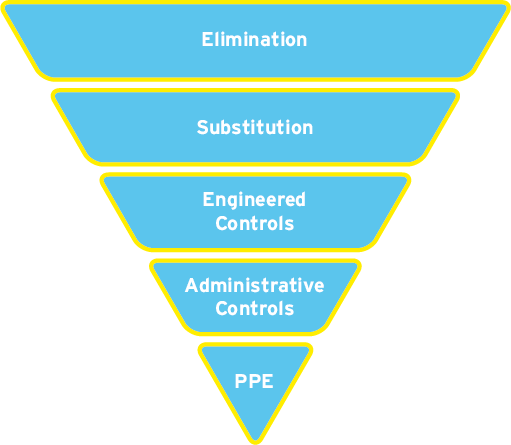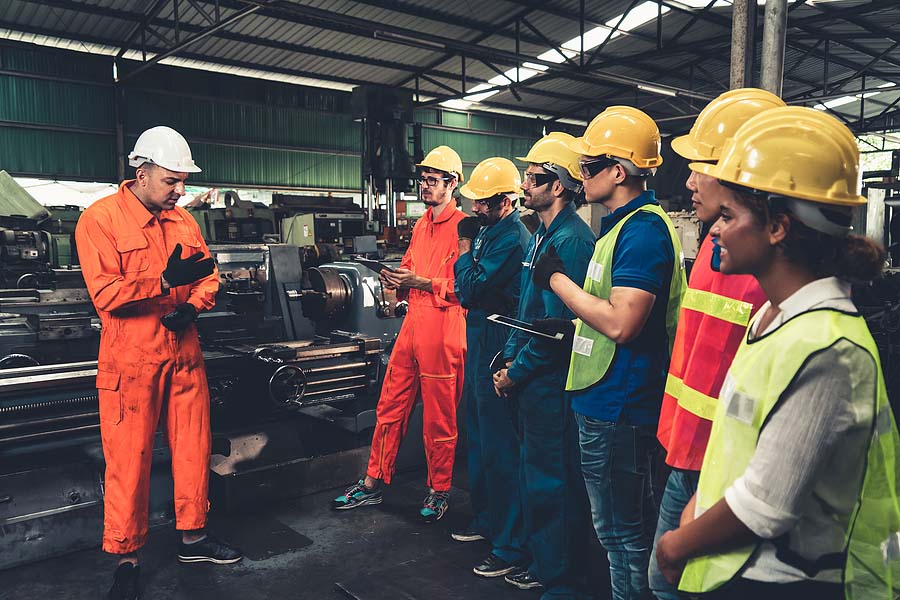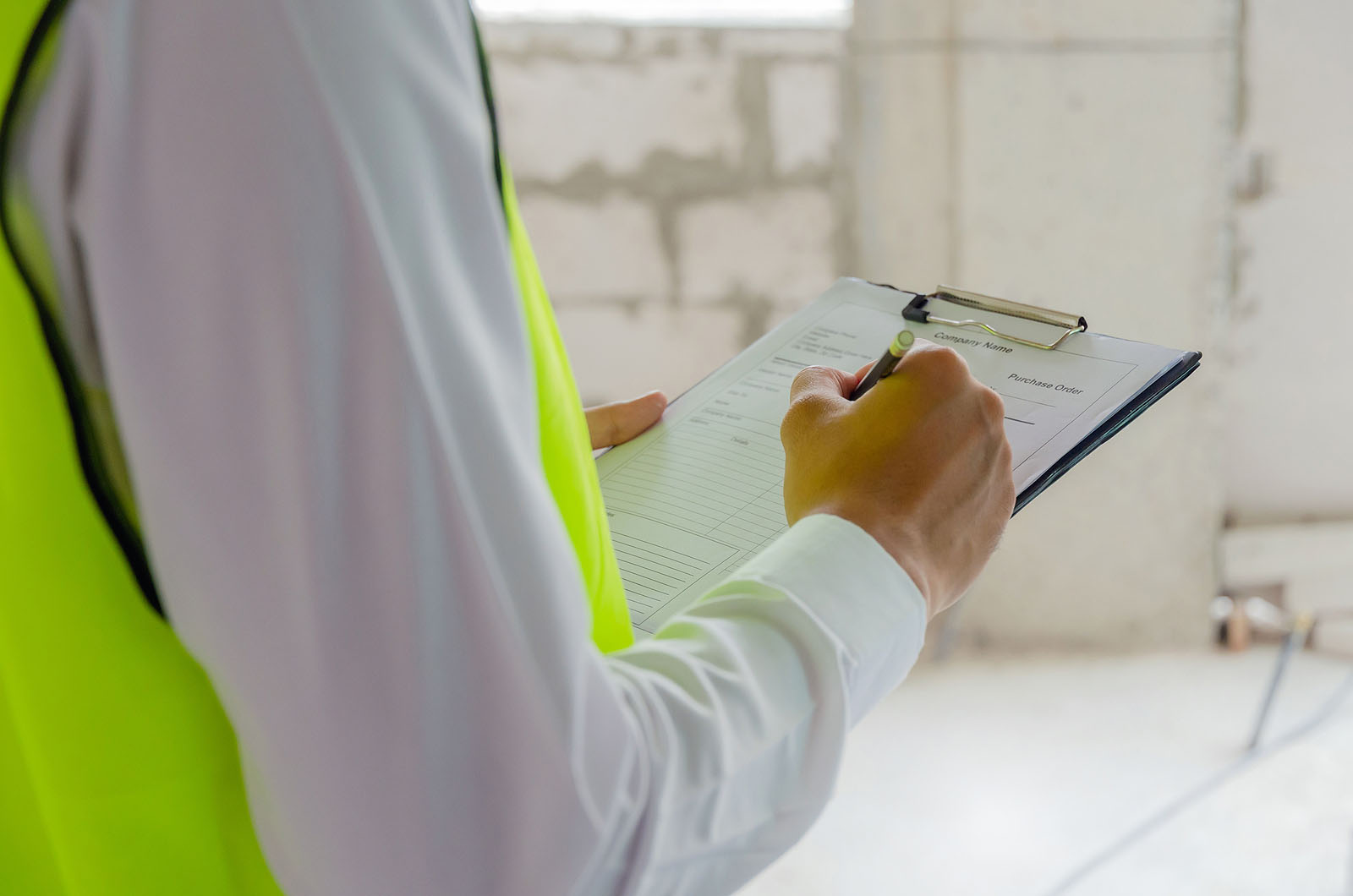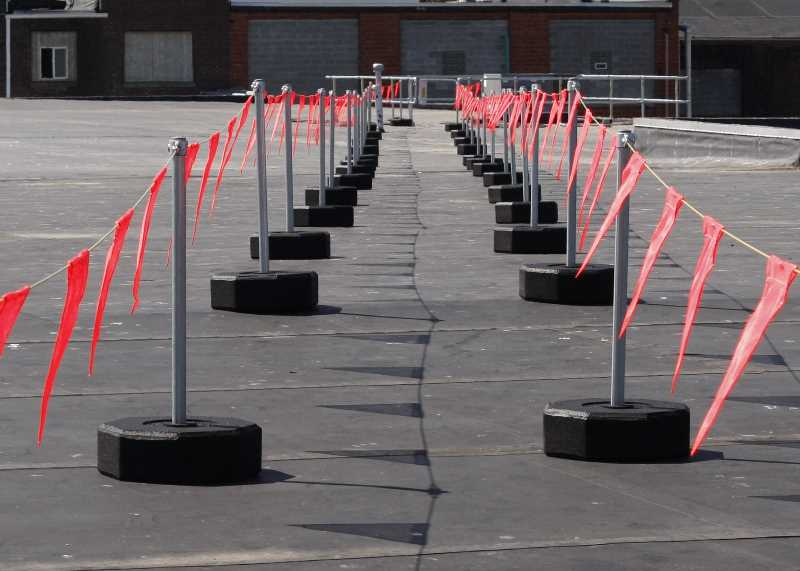3 Factors for Effective Administrative Controls

Let’s talk about the unsung hero of workplace safety – Administrative Controls. You will notice this in the OSHA Hierarchy of Controls, near the bottom and above PPE.
The top half of the Hierarchy focuses on making changes to your facility to increase safety. This includes removing the hazard, replacing the hazard, or separating your people from the hazard with engineering. Your budget and timeline may not be able to support the safer options. This slows down the safety improvements you want to make for your employees.
It’s tempting to jump straight to PPE. Don’t rush to do this as PPE puts the user in contact with the hazard. Administrative Controls are worth considering. In fact, you already have these in your workplace, but they may not be implemented effectively.
Administrative controls change the way your team does the work. An example would be to work at night to reduce the exposure to traffic on a highway. The purpose is to change behavior so that the risk posed to the worker is reduced or removed.
Here are three factors that influence the effectiveness of your administrative controls.

The Safety Culture
Your safety culture is demonstrated by the informal rules your team follows. These are usually transferred during onboarding and through experience. You end up with a safety culture that devolves as these controls lose effectiveness. This can happen as human laziness takes effect through generations of employees. Like the telephone game, one message passed changes from person to person.
We humans like to get things done, while also avoiding as much hassle as possible. When a faster way to get the job done is available, the control is loosened “just this one time” until it becomes a shadow of its original intent. Unfortunately, this is often reinforced by management that suffers from the same predilection and turns a blind eye. This assumes that they’re watching at all.
Temporary guardrail is often misused because of this way of thinking. I recall an electrician that reoriented an outrigger to the roof edge so he could reach some conduit. Without swift correction, that became “how we set up guardrail” at the site. This improperly configured guardrail wasn’t compliant with OSHA and had the potential to slip off the 30’ rooftop with any worker that stumbled into it.
If this sounds familiar within your own organization, it’s time to upgrade.

Written Procedures
The next factor is how clearly you document the work rules and train the team. This combats the subjectiveness of the informal rules by codifying best and safe practices.
Documentation alone isn’t enough. A safety manual that sits in a drawer for years is useless. Refresher training is required to maintain a long-standing, good practice with the workforce. This level of administrative control often requires a dedicated safety team. But, even that investment can erode as business pressure can limit resources.
Supervision plays a crucial role but is only a supporting strategy for documentation and training. You must know the maturity and awareness of your workforce to determine how much to apply. A team of people that enjoy work, want to do so safely, and have a sense of belonging are much more likely to comply and support one another. If your team lacks these qualities, you may need to take a heavier hand until you can make the cultural shift.
This often looks like a complete Job Hazard Analysis (JHA OSHA 3071) for every work order. You can start with simple documentation for each job, highlighting the known risks and how you’re dealing with them. Make it clear what tools and other resources are available to the worker so they can get the job done right.
Training is necessary. This is your opportunity to engage with employees and make it clear that you want them to be safe and healthy. Make it face to face, even using remote meeting platforms like Zoom or Teams as necessary. Schedule refresher training throughout the year to help keep these controls relevant. Offer the opportunity for feedback from employees on improvements so they remain engaged.

Visual Aids
Work is hard and requires focus. Safety may eventually be sacrificed, even with the best-intentioned team, or diligent supervision. To deliver the highest level of administrative controls you should deploy barriers, signage, and other tools in the work area.
Transition areas should be your initial focus. Keep your employees away from hazards by securing doors, ladders, and other access points with signage to mark dangerous areas. Only approved employees should be able to access these areas. Your working and walking areas should be clearly designated using painted lines, physical barriers, and other signage.
An example is deploying a warning line system on a rooftop while performing HVAC maintenance. It’s important to know that OSHA is specific regarding administrative controls in fall protection. So, pay attention to the details.
The Next Step
Take the time to improve the Administrative Controls in your workplace. They can be rapidly deployed and are often the most cost-effective way to upgrade the safety of your organization. You can minimize costly improvements to the workplace without sacrificing safety.
Don’t forget that a single incident can halt production and have lasting effects on the morale of your team. This slows your entire organization down.
If you’re not sure what to do next or how to start, then call or email us today. We’ll help you provide a safe workplace for your employees.



